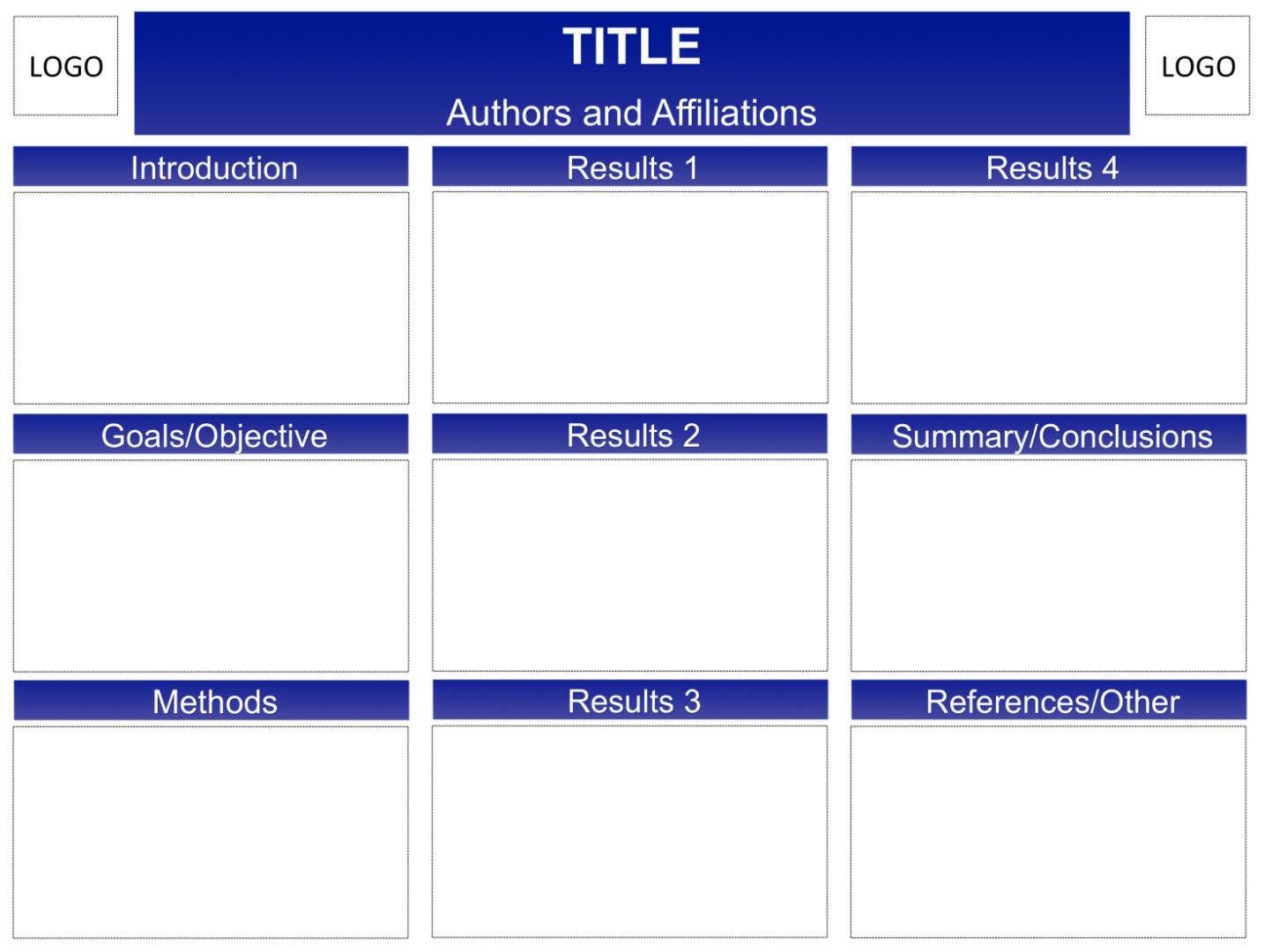How To Interpret a Scientific Poster
By Michelle A. Berny-Lang, PhD
Posters are a common tool for sharing information and research results at scientific meetings and conferences. A large meeting, such as the American Association for Cancer Research Annual Meeting, can have thousands of posters on display, but you can learn how to quickly identify posters that interest you and examine their content.
Most posters share common elements, which often closely mimic the organization and content of scientific journal articles. The figure below shows a sample of a typical poster layout. At the top, each poster has a descriptive title of the work with the authors that contributed to the work listed underneath. Although it differs by research discipline, the first author is often the leader of the project and frequently the poster presenter, while the last author is the senior author, commonly the principal investigator of the research lab where the work was conducted. The affiliations of all authors are often included, allowing the viewer to see if the work was conducted at one department/institution or through collaborations at multiple departments/institutions. Logos of the associated institutions are commonly included near the title.
Within the body of the poster, the introduction or background section is designed to briefly summarize the significance of the research. It is a helpful section to read first to familiarize you with the scientific topic. Included within the introduction or as a separate section is a description of why the particular study was conducted and what hypothesis is being tested (goal/objective/hypothesis). Some posters will include the abstract, which is a brief summary of the study and results.
After defining the hypothesis and introducing the research, a methods section may be included, which outlines the tools and approaches that were applied to answer the questions posed by the researchers.
The main focus of the poster is the results section. Results represent the data obtained during the project and can be displayed through figures containing text, images, graphs, or tables, accompanied by a brief explanation. The results are intended to display the major findings of the project.
The summary/conclusions section recaps and interprets the results within the context of the hypothesis. Conclusions often identify how these new results fit into the”big picture” of the research area and how they may impact human health..
A final section that varies largely from poster to poster is references/other. This section may contain a list of publications cited on the poster, acknowledgements of individuals that contributed to the work but do not meet the qualifications for authorship, or acknowledgements of funding sources, such as grants from the National Institutes of Health. Depending on the type of study, various other components may be added, such as descriptions of future studies, author contact information, and clinical trial registry numbers.
Although dissecting a poster is a valuable skill, the best way to learn about the content is to interact with the presenter. If you show interest, presenters will be happy to walk you through their poster. This is particularly useful for the results section, where the data can be complex and difficult to interpret. Feel free to share your input and ask questions. In general, presenters find their interactions with visitors to be the most insightful and rewarding part of a poster session.


